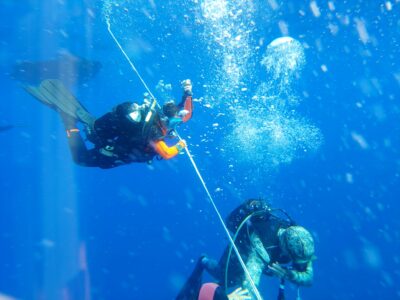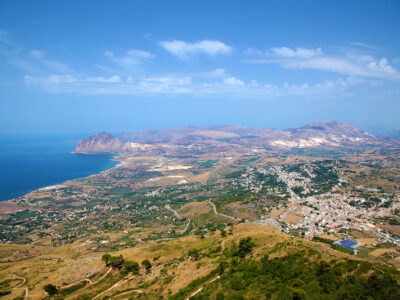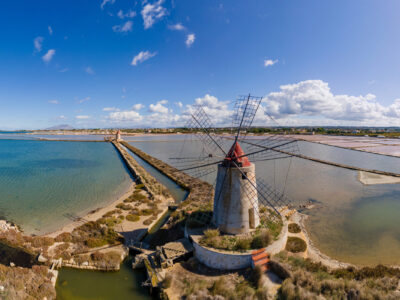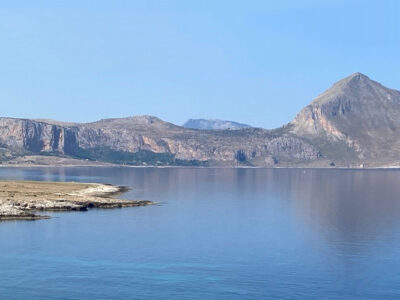The western side of the promontory of San Vito lo Capo keeps, in a suggestive naturalistic context, a complex of caves of prehistoric interest such as Grotta Perciata, Racchio, Isulidda, Cala Mancina, Ciaravelli and Cavalli.
The latter, inhabited in the Upper Paleolithic, consists of a large cavern where, almost at the bottom, there is one of most important examples of rock art in Sicily, a pictorial cycle dating back to the beginning of the Aeneolithic period (in the middle of the third millennium B.C. – facies of San Cono-Piano Notaro) with three main groups of figures: a group with abstract subjects and linear or sinuous shapes; another group with itiphallic and threadlike anthropomorphic figures; a third group with symbolic-descriptive figures and winding figures, ellipsoidal in shape, with parallel and concentric lines, comparable to that discovered in the cave of Contrada Emiliana.






















